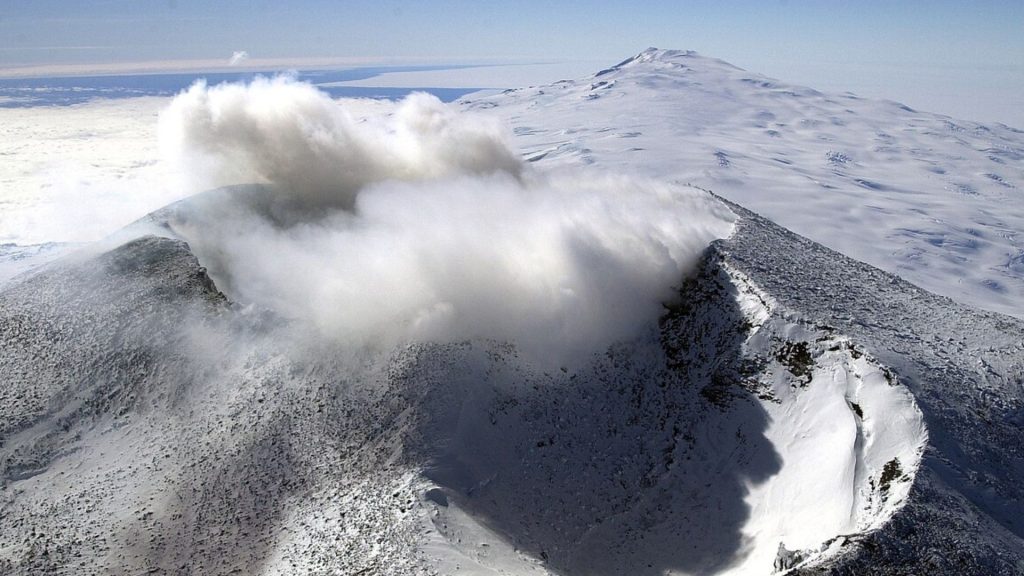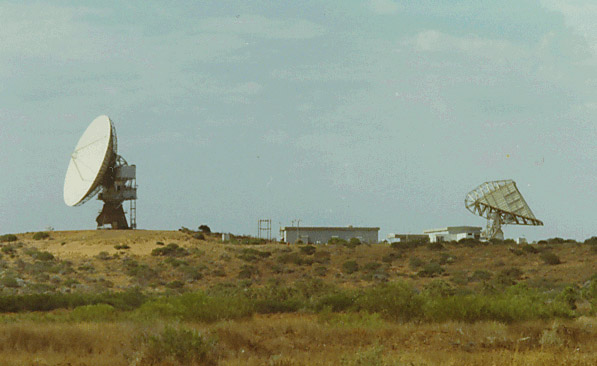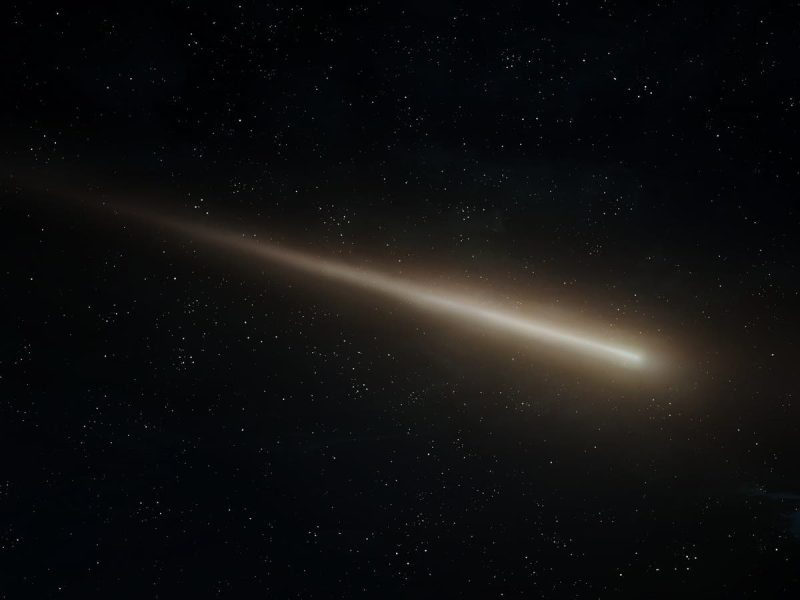100 hidden volcanoes: Rapid Antarctic ice melt could open gates of hell on earth – Interesting Engineering

Many of these volcanoes are concentrated along the western coast of the continent.19 hours ago19 hours ago2 days ago2 days ago2 days ago2 days ago3 days ago3 days ago4 days ago4 days ago11 hours ago17 hours ago17 hours ago18 hours ago18 hours ago18 hours ago18 hours ago18 hours ago19 hours ago19 hours agoMrigakshi DixitAerial view of Mount Erebus cratersNSF/Josh Landis/United States Antarctic Program
A hidden danger may exist beneath Antarctica that could accelerate ice melt, a new study says. Antarctica is not just a passive, icy landscape, but a geologically active region with a complex network of volcanoes — many of which remain hidden beneath the ice.This threat exists several kilometers below the West Antarctic Ice Sheet, which is highly susceptible to the impacts of climate change.Researchers from Brown University conducted 4,000 computer simulations to examine how ice sheet loss influences Antarctica’s buried volcanoes. “The West Antarctic Ice Sheet is particularly vulnerable to collapse, yet its position atop an active volcanic rift is seldom considered,” the study noted. Mount Erebus is one of the known active volcanoes in Antarctica with a persistent lava lake. Besides the more visible ones, Antarctica hosts at least 100 other volcanoes, reported EOS.org.Some of these volcanoes are buried deep beneath the thick ice sheet, making them difficult to observe directly.Evidence suggests that the Antarctic ice sheet is melting at an alarming rate due to carbon emissions. This melting has significant consequences, not just for global sea levels, but also for the slumbering volcanoes below.The study shows that the removal of the heavy ice sheet can majorly impact the behavior of underlying volcanoes. Moreover, the gradual ice melt may have the potential to increase both the frequency and the intensity of subglacial eruptions. The melting of ice sheets reduces the immense pressure exerted on the underlying rock and the magma chambers within. This pressure reduction allows the magma to expand. This leads to greater pressure on the walls of its containing chamber. This increased internal pressure can destabilize the system, potentially leading to volcanic eruptions.This is similar to a soda bottle. The pressure inside keeps the carbonation dissolved. When you open the bottle, the pressure drops, and the carbonation fizzes out. Similarly, the reduction in pressure from ice sheet melting allows the gases dissolved within the magma to expand, increasing the overall pressure within the chamber and potentially triggering an eruption.Accurate predictions of future sea-level rise depend largely on the understanding of the stability of the West Antarctic Ice Sheet. For this, the models need to consider the complex two-way relationship between subglacial volcanoes and ice sheet melting.The team states that the eruptions of subglacial volcanoes might not be directly observable on the surface of the ice sheet, but its consequences would be evident. The heat released by these eruptions can melt ice from below, which could weaken the ice sheet from within. This internal melting further reduces the pressure on the underlying volcanoes.This could create a self-perpetuating cycle where ice melt leads to more volcanic eruptions, which in turn leads to further ice melt.“Considering the removal of km-thick ice sheets, we demonstrate that the rate of unloading influences the cumulative mass erupted and consequently the heat released into the ice,” the researchers wrote in the study paper. “These findings provide fundamental insights into the complex volcano-ice interactions in West Antarctica and other subglacial volcanic settings,” it added. The findings were published in the journal Geochemistry, Geophysics, Geosystems.Stay up-to-date on engineering, tech, space, and science news with The Blueprint.By clicking sign up, you confirm that you accept this site’s Terms of Use and Privacy PolicyMrigakshi Dixit Mrigakshi is a science journalist who enjoys writing about space exploration, biology, and technological innovations. Her work has been featured in well-known publications including Nature India, Supercluster, The Weather Channel and Astronomy magazine. If you have pitches in mind, please do not hesitate to email her.a day ago2 days ago2 days ago2 days agoPremiumIE PROFollow
Source: https://interestingengineering.com/science/hidden-volcanoes-rapid-antarctic-ice-melt





